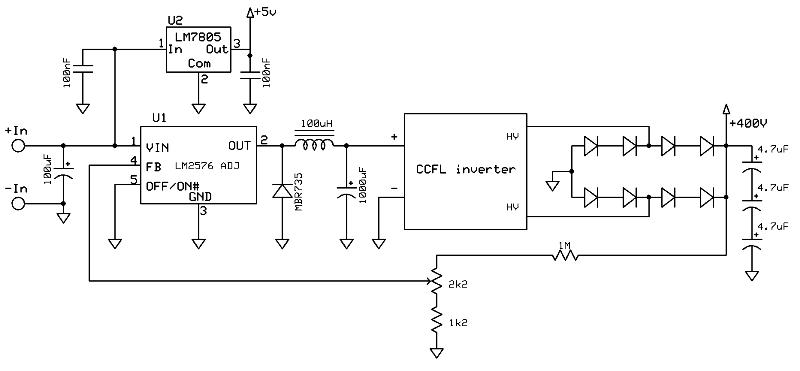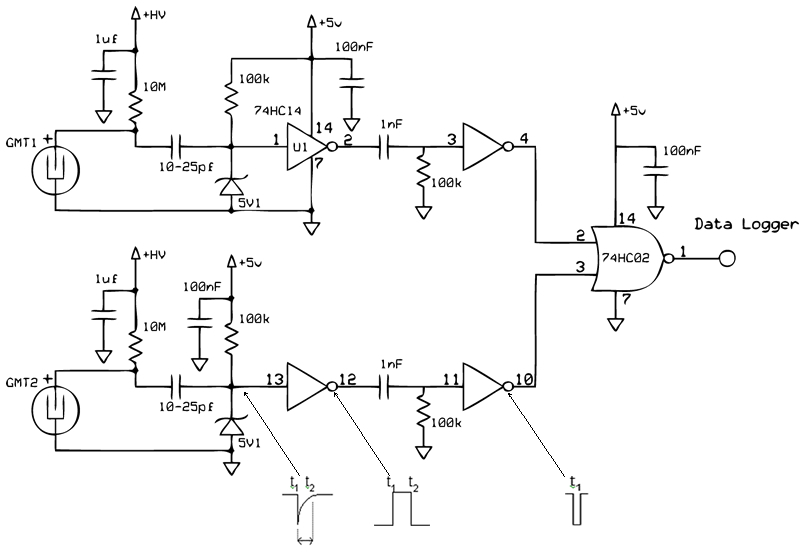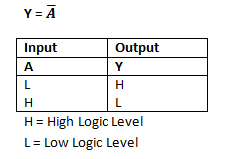Basic Circuits using Geiger–Müller Tubes
The circuit design below is a low-cost reliable cosmic ray (muon) detector using Geiger–Müller Tubes. The output of the detector is a 5V TTL pulse, each time a cosmic ray (muon) is detected. This can be easily adapted for use with counters, Arduino, Raspberry Pi, sound cards, and other data loggers.
The Geiger–Müller Tube
Any Geiger–Müller Tube (GMT) can be used in this design, but GMTs with an all-metal-jacket designed for detecting gamma rays will reduce the number of false detections from lower energy terrestrial sources.
Also for the best results, refer to the GMT manufacturers’ specifications, as the correct Geiger plateau voltage, series resistor, and coupling capacitor shall ensure longer life and stability.
Nevertheless, I have found the above values of 10M ohms and 25pf to work effectively for most GMT and low-cost surplus Rusian tubes.
Pulse Shaping
The output of the Geiger–Müller tube (GMT) is a negative sawtooth pulse. This occurs each time an ionizing particle passes into the GMT causing an electron avalanche inside the tube and decreasing its resistance.
The input of the 74HC14 Schmitt Trigger is biased at 5V through a 100k ohm resistor holding the input “high” and the output “low”. When the negative pulse is detected from GMT it pulls the input “low” and the output “high”.
Pulse Width
To filter local terrestrial radiation at least two GMT are required placed one above the other to monitor coincidence between the two GMT.
However, the longer the pulse from each of the GMT, the higher the probability of a false coincidence detections coming from local terrestrial radiation. Consequently, shortening the pulse width will reduce false coincidence detections.
In this design, this is achieved using a pulse shorting circuit, a 1nF Capacitor and 100k Resistor on the input of a 74HC14 Schmitt Trigger ensuring only the leading edge of the pulse from the pulse shaping circuit is passed. The output is then “Low” for each GMT detection.
GMT Coincidence Detection
Coincidence detection between the two GMT is achieved using a 74HC02 NOR gate where if the output of each GMT pulse shorting circuit enters. When each of these GMT outputs go “low” the output will be “high” meaning an ionising particle has been detected in both GMT simultaneously.

Also see the detector considerations page.
GMT Power Supply
For the best results, the power supply used should be an adjustable, ensuring the GMT is set to the correct plateau voltage. It should also be regulated to ensure a constant count rate over time and low noise to reduce any potential interference with the electronics.

The circuit above is something I’ve used for a number of designs based around a cheap CCFL inverter module, and the common LM2576 3 Amp Adjustable Switchmode Regulator which can be bought over the counter at any electronics shop.
The output of the inverter is rectified and filtered and then feedback into the feedback of pin 4 on the LM2576 through a voltage divider. The output of the LM2576 is then used to supply of the inverter.
The LM2576 maybe seem like over-kill but my aim is to be both accessible and cost-effective, and although there are better chips available unless you’re building a few hundred of these, it would be harder to choose a cheaper and more accessible alternative. The spin-off of cause is you can use this circuit with higher wattage inverters for other applications, and the LM2576 is fairly indestructible with thermal overload and short circuit protection built-in.
Nevertheless, a very basic detector could just ignore the pulse shortening if a detector is only needed for display purposes.

Further simplification can be achieved using a voltage summing amplifier, where the summed voltage of more than one GMT output pulse is a coincidence.

Bruno Benedetto Rossi was a famous Italian experimental physicist who made major contributions to particle physics and the study of cosmic rays. At the age of 24, he fabricated his own Cosmic Ray detector using Geiger–Müller tubes and he invented the first practical electronic coincident circuit. Which could register coincident pulses from any number of Geiger Counters with a tenfold improvement at that time.



